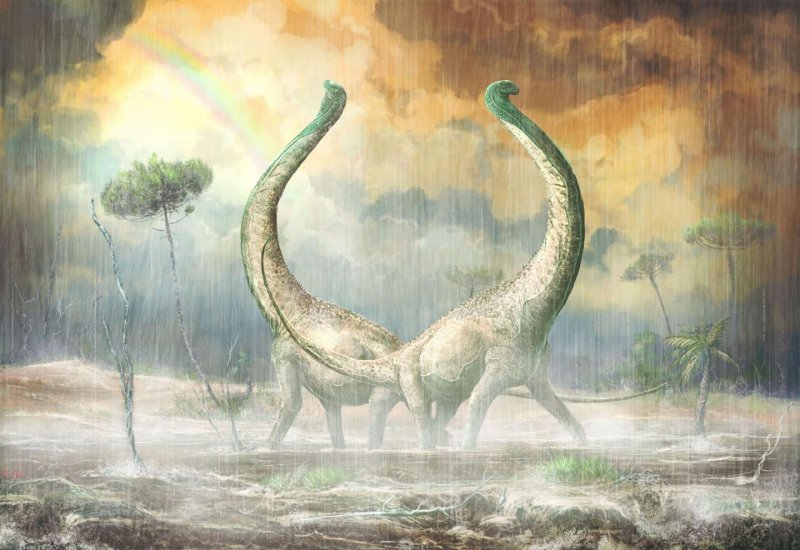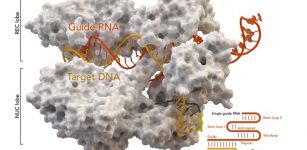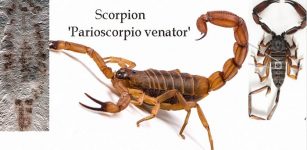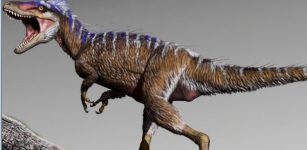Dinosaur Fossil With A Heart-Shaped Tail – New Discovery In Africa
MessageToEagle.com – A new dinosaur fossil having a very unique (‘heart’) shape of its tail bones was discovered in Africa.
The new dinosaur species is named Mnyamawamtuka moyowamkia (Mm-nya-ma-wah-mm-too-ka mm-oh-yo-wa-mm-key-ah), a name derived from Swahili for “animal of the Mtuka (with) a heart-shaped tail”.

Credit: Mark Witton (2018)
The discovery sheds light on how ecosystems evolved on the African continent during the Cretaceous period according to researchers at Ohio University.
The new dinosaur, the third now, member of the large, long-necked titanosaur sauropods. The partial skeleton was recovered from Cretaceous-age (~100 million years ago) rocks exposed in a cliff surface in the western branch of the great East African Rift System.
The initial discovery of Mnyamawamtuka took place in 2004, when part of the skeleton was discovered high in a cliff wall overlooking the seasonally dry Mtuka riverbed, with annual excavations continuing through 2008.
“Although titanosaurs became one of the most successful dinosaur groups before the infamous mass extinction capping the Age of Dinosaurs, their early evolutionary history remains obscure, and Mnyamawamtuka helps tell those beginnings, especially for their African side of the story,” Eric Gorscak, lead study author and research associate at the Field Museum of Natural History, said in a press release.
“The wealth of information from the skeleton indicates it was distantly related to other known African titanosaurs, except for some interesting similarities with another dinosaur, Malawisaurus, from just across the Tanzania-Malawi border,” he said.
Titanosaurs are best known from Cretaceous-age rocks in South America, but other efforts by the team include new species discovered in Tanzania, Egypt, and other parts of the African continent that reveal a more complex picture of dinosaurian evolution on the planet.
“The discovery of dinosaurs like Mnyamawamtuka and others we have recently discovered is like doing a four-dimensional connect the dots,” said Dr. Patrick O’Connor, professor of anatomy at Ohio University and Gorscak’s advisor during his Ph.D. research.
“Each new discovery adds a bit more detail to the picture of what ecosystems on continental Africa were like during the Cretaceous, allowing us to assemble a more holistic view of biotic change in the past.”
Mnyamawamtuka and the other Tanzanian titanosaurs are not the only animals discovered by the research team. Remains of bizarre relatives of early crocodiles, the oldest evidence for “insect farming,” and tantalizing clues about the early evolution of monkeys and apes have been discovered in recent years.
“The Tanzanian story is far from over but we know enough to start asking what paleontological and geological similarities and dissimilarities there are with nearby rock units. Revisiting Malawi is my top priority to address these broader, regional questions,” said Gorscak, who also participates in ongoing projects in Egypt and Kenya.
“With Mnyamawamtuka and other discoveries, I’m not sure to view it as writing or reading the next chapters in the paleontological book of Africa. I’m just excited to see where this story is going to take us.”
MessageToEagle.com










